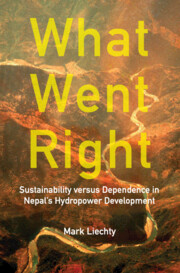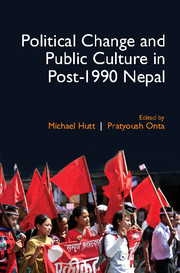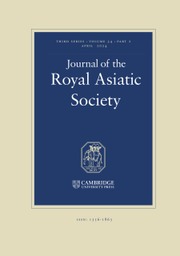Land, Labour, and Agrarian Change in Nepal's Tarai-Madhesh
This book offers a historically grounded and multi-scalar analysis of agrarian change in Nepal's far-eastern Tarai. It shows how this region has since the 1700s evolved from a forested frontier home to relatively autonomous Adivasi (indigenous) cultivators, to a feudal economy grounded in landlord-tenant relations, which has persisted alongside a rapidly expanding industrial and commercial sector. The book explores the changing land ownership patterns and distribution of surplus, the flow of labour between agriculture and industry, and more complex interactions with global capitalism. The book thus offers unique insights into both the reproduction and transformations of class, ethnic and labour relations in Nepal during a period of rapid political transformation.
- Provides insights into how older pre-economic systems work in the 21st century
- Focusses on local-global relations – and how globalization, industrial change and shifting dynamics of migration work
Product details
July 2025Hardback
9781009555593
330 pages
228 × 152 mm
Not yet published - available from July 2025
Table of Contents
- Acknowledgements
- List of Tables
- List of Figures Maps, Images
- 1. Revisiting the 'Pre-capitalist'
- 2. Feudalism, Capitalism and the Mode(s) of Production
- 3. Morang: An Agrarian and Industrial History
- 4. Conceptualising the Agrarian Class Structure
- 5. Ground Rent, the Market and Debt
- 6. Surplus Appropriation and its Implications for Food Security and Productivity
- 7. Capitalist Expansion, Cash and Climate
- 8. Revisiting Agrarian Transition in Morang
- 9. Capitalism, the Pre-capitalist and the Peasantry.







